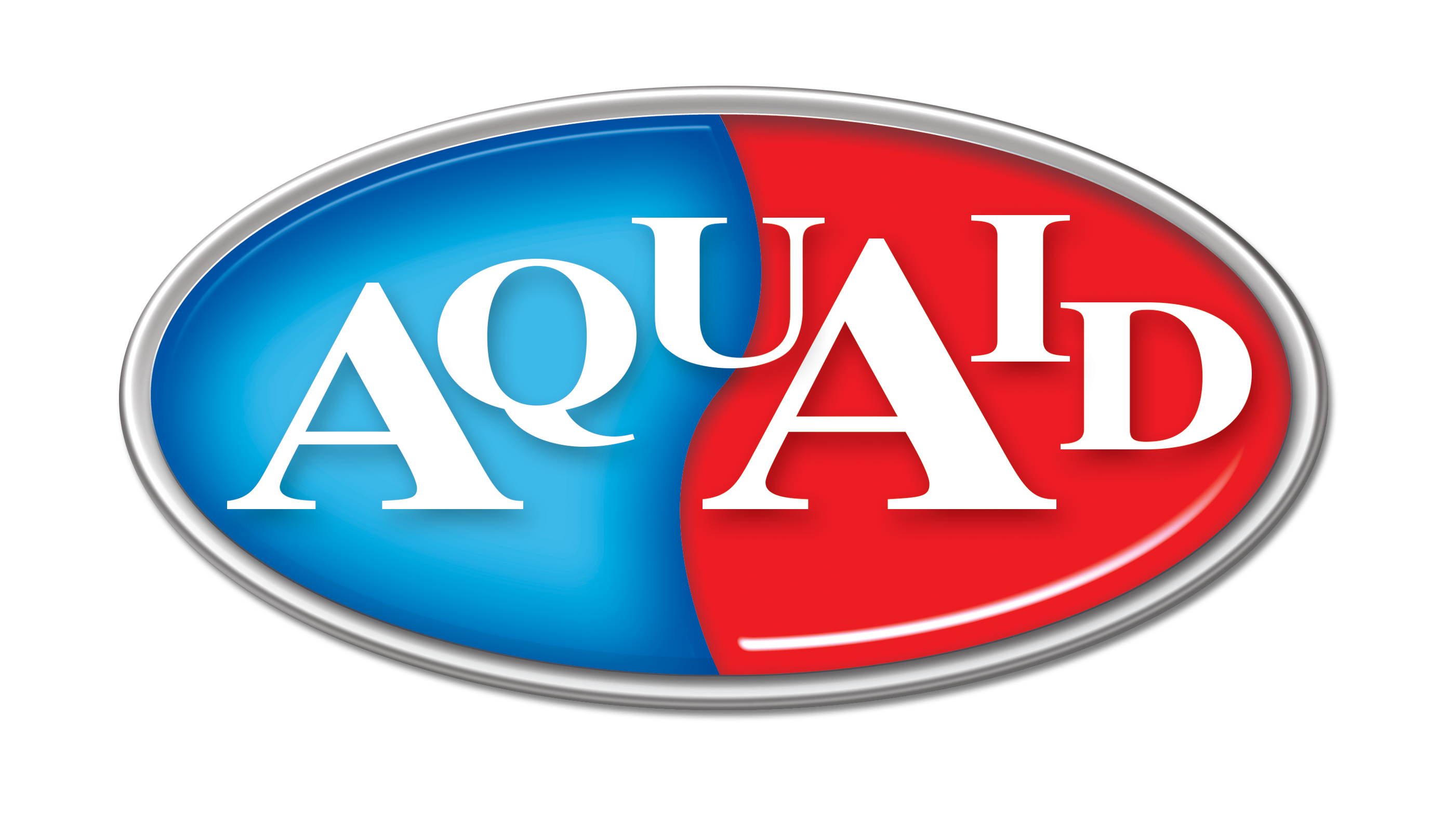
by Fern Shaw | Jan 17, 2021 | instant tap, Water Boilers, Water Coolers, water dispenser
Maintaining good hydration habits may seem less important in winter than in summer, but this is not the case. I would venture that it is actually more important to make sure you’re drinking enough water in winter than in summer.
Dehydration is much less noticeable during winter, as you don’t notice how much you sweat under layers of clothing.
The dryness in the air may dehydrate our bodies quicker than we can imagine and most often, we don’t even feel thirsty, so our need for adequate water may remain unmet*. That’s why it’s important to work pre-emptively to replenish the fluid reserves of the body, in order to avoid any physical discomfort that will stem from dehydration in the future.
As with all seasons, winter also demands special dietary and lifestyle adjustments to prepare the body for the cold weather.
Drink room-temperature drinks: Although cold drinks are absorbed quicker, warmer or room temperature drinks keep your body temperature optimal – particularly ideal if you’ve been exercising in the cold.
Make good hydration a habit: Since your ability to recognise your thirst worsens as you age, today is the ideal time to start getting into the keeping hydrated habit.
Boosting Immunity: The cold and dry air may sap your body of energy, making you feel sluggish and even making you more susceptible to cold weather illnesses. Keeping hydrated helps boost immunity thereby protecting your body.
Regulating Weight: When you’re hydrated, your body is more capable of breaking down fats, effectively regulating body weight.
Eat water rich food: Fruit and veggies have a high water content – these add volume and keep you satisfied without the calories. Broth and soup are also a great way to consume water.
Water refresh: A lot of us just do not like drinking water, period. Try adopting a different approach. Switch up your room temperature water by adding lemon, cucumber or even ginger.
Helps skin health: Drinking adequate water during winter is essential to stay hydrated, all which helps to prevent dry and dull skin.
Whatever the weather and wherever your location in the UK, the easiest and quickest route to ensuring you have a constant supply of refreshing drinking water is to install a water dispenser from AquAid. We provide a wide range of high-quality water coolers, water boilers and Instant Taps.
AquAid has also recently added a selection of Touch-Free water coolers and water boilers to our range: providing you safe and easy access to your drinking water, thereby ensuring your continued hydration health.
*source: NDTV Food
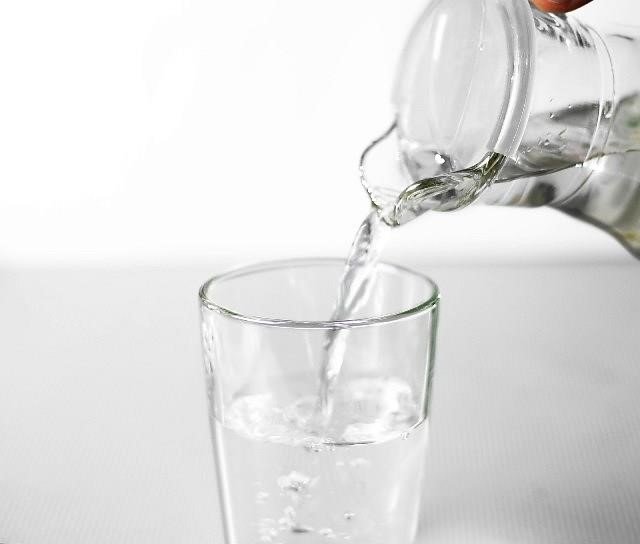
by Fern Shaw | Nov 12, 2020 | water cooler, Water Coolers, water dispenser
The title isn’t just catchy, it’s the literal truth.
More than 90% of Britons experience health issues. What’s worth noting is that many of these health issues can be resolved by simply drinking water more as it may well be that dehydration is the cause.
If you are feeling unwell and are displaying the following symptoms, you may be dehydrated:
Often, these symptoms are a direct result of not drinking enough water. The good news here is that by simply increasing how much water you drink which will rehydrate you, your organs are able to function better and not expend further energy sending you signals that they need water.
Remember though, if you are drinking enough water and are hydrating properly – check the easy reference chart at the AquAid website – and you’re still feeling unwell, there may be another cause, so you may want to chat to your health professional.
Of course, as here at AquAid Water Coolers our focus is all about the supply of refreshing bottled-at-source water through our Bottled Water Dispensers and filtered water via our Mains Water Coolers, we’re well aware of the links between hydration and health. Moreover, by offering a wide range of high quality water dispensers suited for installation in whatever size organisation you may have, we are also able to assist with the provision of safe water resources to thousands of communities who currently do not have access to clean drinking water.
Contact us to find out more.
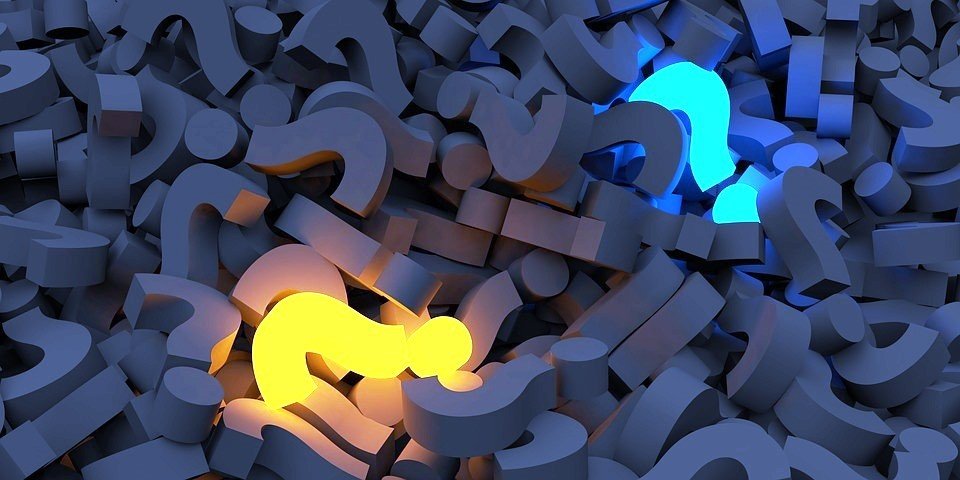
by Fern Shaw | Oct 27, 2020 | mains fed water cooler, water cooler, water dispenser
In brief, not really. Allow us to elaborate: AquAid provide a wide range of water dispensers (or water cooler dispensers) to our customers.
Installing a water dispenser from AquAid makes good sense as we offer the user a wide range of high quality water coolers dispensing refreshing drinking water at varying temperatures, be that cool, chilled, ambient or hot.
We are one of the largest water dispenser suppliers in the UK – just one reason why it would be wise to make use of our services. With numerous branches local to you, we are able to offer convenience, prompt delivery and service thereby ensuring you receive our best, irrespective of your organisation’s market sector. These include small, medium, large companies and organisations as well as construction sites, warehouses; medical and dental facilities, through to production houses and fitness centres.
Having a water dispenser on site means you are able to offer everyone in your organisation and customers and visitors alike, access to refreshing drinking water, thus ensuring healthy hydration habits.
This includes the recent addition of our Touch-Free range – available as either bottled or mainsfed water coolers.
Our Bottlefed water cooler dispensers are perfect for the smaller businesses or work environments that do not have hundreds of individuals to service.
For larger offices, business centres and schools, our Mainsfed water coolers are the most practical and cost effective. These units dispense filtered and purified water, drawn from your mainsfed water supply, providing constant access to refreshing drinking water on demand.
Furthermore, the AquAid water cooler dispensers are able to adjust their water temperature, allowing your selection of chilled, cool or hot drinking water, all year round.
With all the benefits that water cooler dispensers offer, why not install one today?
Give the fantastic team here at AquAid a call and we will gladly assist you with all your water cooler dispenser needs.
To call us at AquAid: 0800 772 3003
To e-mail us: Click here
If you would like to browse our range of water coolers: Click here
Keep up to date with us on all things drinking water on our social and business channels:
Twitter Facebook
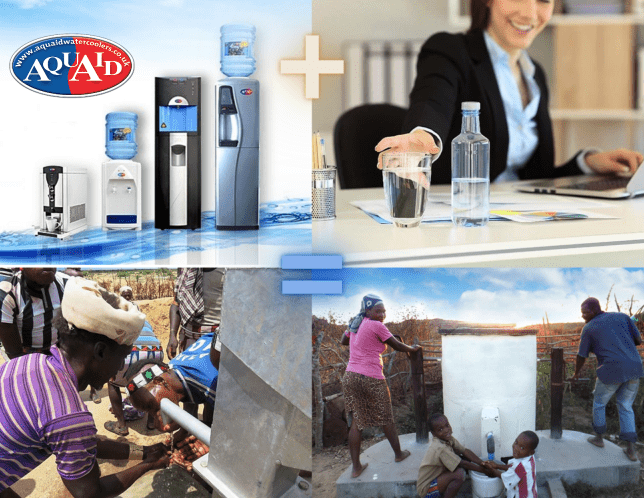
by Fern Shaw | Sep 30, 2020 | water dispenser
We recently had a customer ask for more detail around where the funds donated by AquAid to the charities we support, are used.
An excellent question – one that prompted this update, which also provides a more in-depth look at how and where the donated funds are utilised.
THE AFRICA TRUST PROJECTS
From the ground up, The Africa Trust, using donations from AquAid, has helped fund orphanages, improve clinics, pay school fees and provide skills training; giving millions of children and adults the opportunity to rise above their circumstance and strengthen their community. Part of this sustainable development includes providing access to clean productive water and decent sanitation.
Eighty percent of donations from AquAid to The Africa Trust fund the building of water wells (affectionately referred to as Elephant Pumps).
To date, over 8,000 wells have been built, servicing more than 2 million people in communities across Liberia, Malawi, Mozambique and Zimbabwe. Of the 8,000 pumps installed, 95% are still in operation today – a figure 40% above the average for the continent.
Each pump can produce up to 10,000 litres of potable water per day, supplying upwards of 300 people in the village or community – who are now able to collect clean drinking water and water for productive use every day.
CHRISTIAN AID PROJECTS
Donations from AquAid to Christian Aid have resulted in the building of a number of potable water resources. One such project in Malawi was the implementation of a solar powered irrigation system. These solar powered systems help communities have access to safe drinking water while also providing water for agriculture.
Currently in Malawi, Christian Aid is involved in a project aimed at breaking the poverty cycle. Funds donated by AquAid are being used to help farmers produce larger pigeon pea crops and better manage their share in the produce markets. Pigeon peas are drought-resilient, producing harvests with just 65cm of annual rainfall. Pigeon peas are a produce vital to Malawi’s economy: 6 million tonnes were sold worldwide in 2018.
In Ethiopia, donations from AquAid have funded the establishment of a number of localised water points and access to potable water – one such project was the construction of a 2.7 million-litre pond, providing drinking water to more than 1.5 million head of livestock that, in turn benefits 28 communities in two districts. Previously these households would spend many hours each day searching for water and the herdsmen (usually young boys) would travel for up to a month trying to source water for their livestock. With access to water close by, these resources free up time, enabling children better access to an education and adults more productive time daily.
Other projects have involved building twenty-one shallow wells in southern Ethiopia, the construction of a water catchment and underground reservoir providing potable and productive water to thousands of people in neighbouring communities and a water pipeline network with well points, which has brought clean water to more than 11,000 people.
If you and your organisation, as have our over 34,000 customers, would like to find out more about how installing a water dispenser from AquAid translates into the sustainable provision of safe water projects for communities in need, contact us today. There truly is no limit to the amount of lives you can help change for the better, for life.

by Fern Shaw | Sep 4, 2020 | water cooler, water dispenser
With the changing weather accompanied by a mix of higher and lower temperatures, where we’re not sure if we would rather drink chilled water or a hot water drink, the good news is there is a simple, cost-effective solution where you can have both from one source.
Installing a hot and cold water dispenser from AquAid is that solution.
We supply a range of high-quality cold and hot water dispensers, each designed to match your drinking water requirements, whether your preference is drinking long tall glasses of chilled water or endless cups of piping hot drinks.
Furthermore, these wonderful benefits are standard in every AquAid Hot and Cold Water Dispenser:
Time saving
At the office, boost productivity with refreshing, hydrating water while also getting your hot water drink faster without having to wait for the kettle to boil for your morning brew.
Space saving
As an example, although the AquAid 400X has sufficient capacity to continuously dispense water on demand, the sleek and slimline design of the unit means it only requires 1 ft2 of space.
Temperature control
All of AquAid’s hot and chilled water dispensers include an adjustable thermostat for accurate temperature control.
Cost saving
Replenishing and replacing chilled bottles of water in a fridge costs money and takes time, as does heating the kettle every time you need hot water for your preferred hot drink. With an AquAid water cooler, your chilled or hot water is kept at the perfect temperature, ready available for dispensing at your convenience.
With all of this good news come the changing weather, things are definitely looking up. Even better news is that we at AquAid have plenty of hot water (not hot air) to keep you warm and fuzzy, alongside chilled water to keep you cool and hydrated – whichever your preference. We have a selection of hot and cold water dispensers to fit into any niche, whether it’s at the office, construction site, medical facility, clubhouse or school.
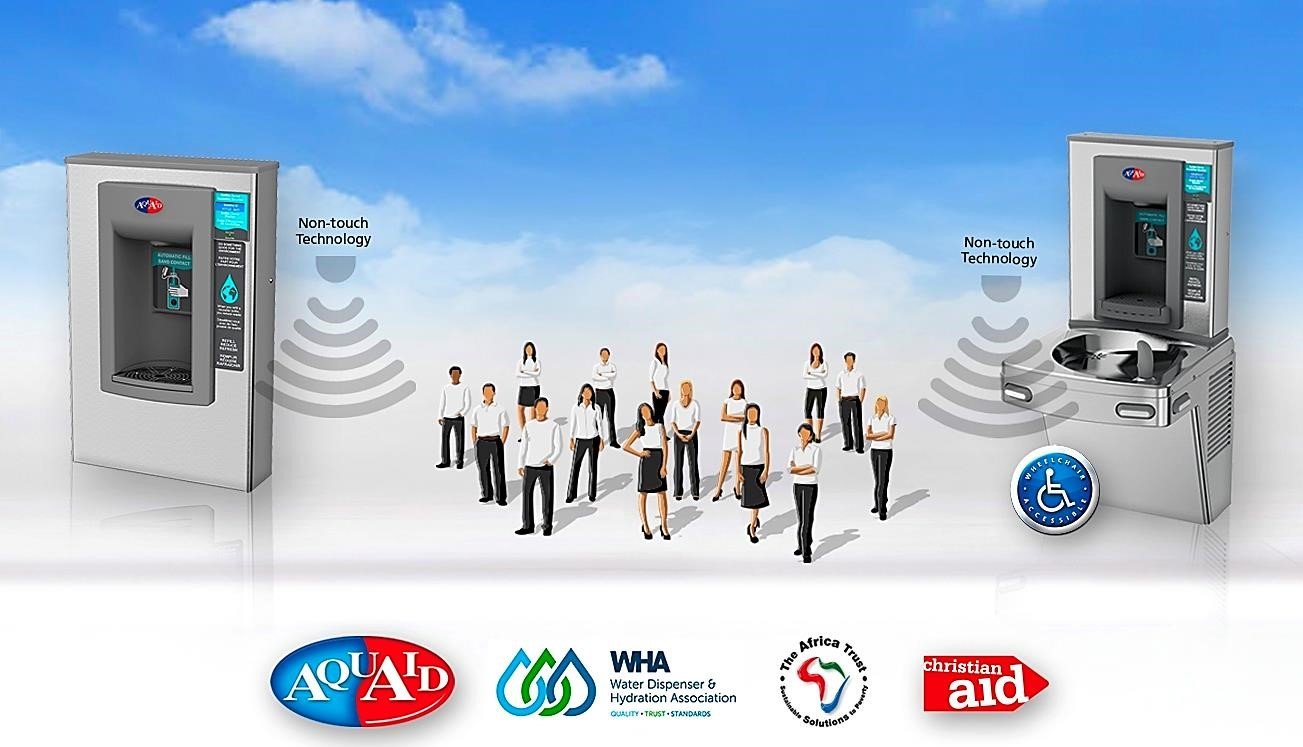
by Fern Shaw | Aug 24, 2020 | Water Coolers, water dispenser
AquAid is the UK’s leading water cooler supplier. Dedicated to providing exceptional service, we supply a wide range of high-quality water coolers, water boilers and refreshing drinking water. Our water coolers, designed to match your requirements, are suitable for installation in any size of organisation in the Business, Hospitality or Educational sectors.
For some time now, we have seen an increased demand for contactless Water Coolers, which is why we are pleased to introduce the latest in our range of Mains-Fed Water Dispensers:
The AquAid Non-Touch Water Cooler
Each of these well-designed, innovative machines offer a host of operational safety conscfious features, all while dispensing a high volume of chilled or cool refreshing drinking water on demand.
These AquAid Non-Touch water dispensers offer a host of features including a non-contact dispense point; large bottle clearance height; ‘Freshield’ anti-microbial components and electricity free function.
Thanks to their durable design, low maintenance and running costs, these Mains-Fed Water dispensers are perfect for installation in any sector where there is a high demand for drinking water.
For your convenience as an AquAid customer, the resources of our National Benefits are at your disposal.
You also benefit from AquAid’s two decades of expertise in other aspects. Installing our water coolers means you are helping far-flung communities in need realise a better and safer water future. All at no added cost to your organisation.
We invite you to browse our range of non-touch water dispensers or to contact us directly for expert advice.

